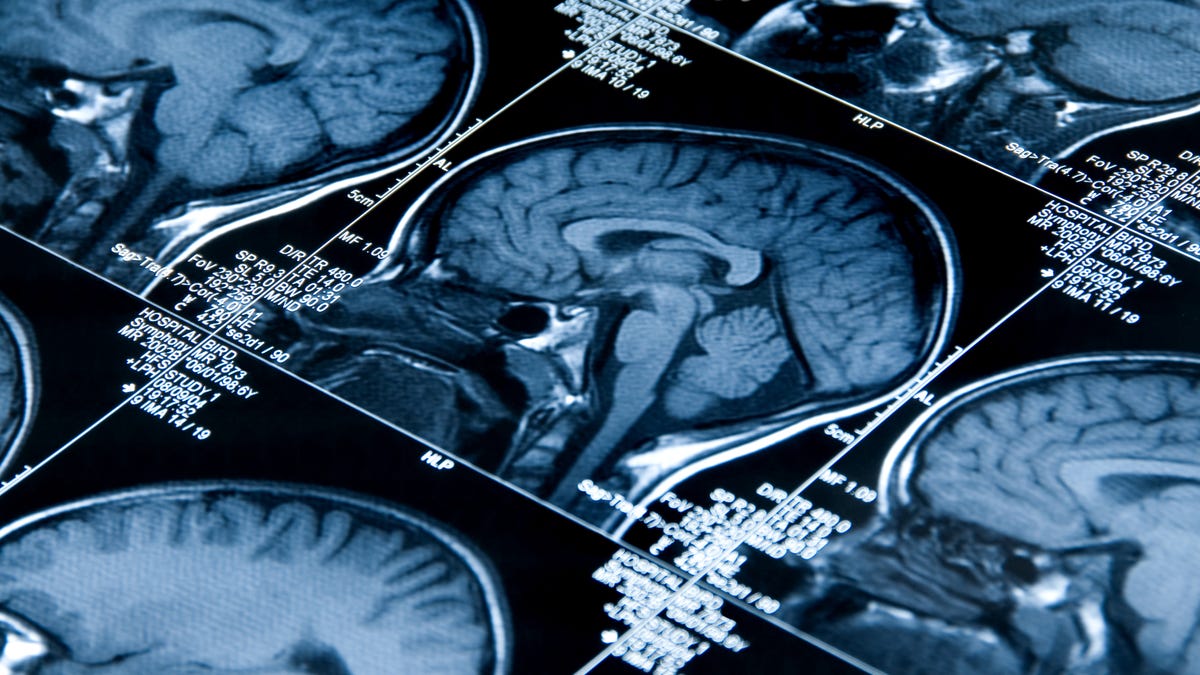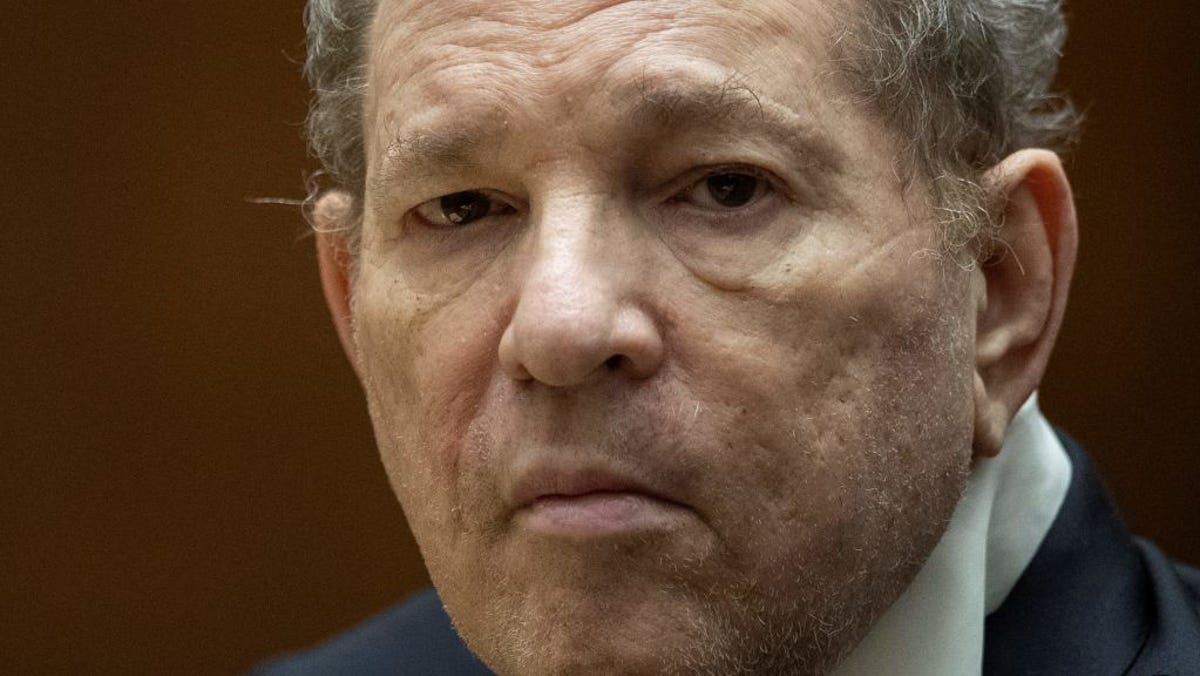Children with ADHD have notably different brain functioning when they’re resting than children who don’t have the neurological disorder, according to a national study released this week.
Scans of thousands of children with and without attention-deficit hyperactivity disorder highlighted a key difference: The National Institutes of Health study in the American Journal of Psychiatry found young people with ADHD had more wiring, or nerve cell networks, in their brains, making it harder for their brains to send clear signals about a task like following instructions or sitting still.
The findings build on evidence that can make it easier for experts to explain how a child’s brain circuiting correlates to the ADHD symptoms that teachers or parents may see. In essence, the researchers found that children with ADHD have hyperconnected wiring that may make it harder for their brains to transmit a given signal.
“These are the brain regions that we know to be important in controlling impulsive behaviors and controlling attention,” Luke Norman, a staff scientist at the National Institute of Mental Health and author of the study, told USA TODAY. “These networks appear to be inefficient in ADHD.”
Drug pricing: ADHD drug prices rise as Adderall shortage leaves patients scrimping to fill prescriptions
Prior studies of brain function for people with ADHD have involved smaller groups, typically less than 100 participants. None have amassed definitive evidence to identify the parts of the brain affected by ADHD, a neurodevelopmental disorder characterized by a person having difficulty paying attention and staying still.
The NIH study used thousands of brain scans of children with ADHD traits from six different datasets. Outside experts said this larger sample size helps understand how brains work in people with ADHD, even though the results were relatively small because people were resting during the MRI scans and not active.
The study doesn’t explore how to diagnose ADHD. That is typically done through evaluations that include input from doctors, teachers and parents. Instead, the findings help identify specific signals in the brain that are in play for people with the disorder, said Lauren Friedman, an assistant professor of psychology at Arizona State University, who was not affiliated with the study.
About 6 million U.S. children between 3 and 17 have been diagnosed with ADHD, meaning youth facing these challenges make up just under 10% of children, according to the Centers for Disease Control and Prevention. Research suggests that genetics play a role in a child developing ADHD, as well as other factors, including premature birth, low birth weight, lead poisoning, brain injuries and use of alcohol or tobacco during pregnancy.
The study also looked at scans of more than 8,000 children who were, on average, younger than 11. Nearly 1,700 of the children were diagnosed ADHD and more than 6,700 others didn’t have the disorder. All of the children were lying down in an MRI machine, with their eyes open, as an image was taken of their brain.
Among children with ADHD, researchers found the frontal cortex of their brains, the area that controls attention and manages unwanted behaviors, had increased wiring linked to structures centered deeper in the brain, that deal with information processing. This part of the brain is where learning happens. It’s also where a person creates movement and experiences emotion. The children with ADHD had more connections between these two parts of their brains, but that didn’t mean signals arrived more easily. Instead, the hyperconnected wiring led to what the study called “altered connectivity.”
Norman, the NIH researcher, said the images build on prior research. For example, when children with ADHD play games that require attention and controlling impulses, their brain scans showed they had difficulty making neural connections to perform the tasks. The study seems to affirm the same results, even when a person is resting.
The findings only capture a small portion of brain activity for people with ADHD. More research is needed looking at children with ADHD doing different activities, and at children with the disorder as they get older, Norman said. The study is not reflective of children across the U.S. population, researchers noted. More than 15% of children with ADHD in the study came from households with incomes over $200,000, and about two-thirds of those with ADHD diagnoses were boys.
Sarah Karalunas, an associate professor of psychology at Purdue University, said the study helps establish a pattern of brain differences for children with ADHD who may be working harder than their peers to control their emotions and attention.
For his next study, Norman plans to look at how children practice skills that use these brain connections. The goal, he said, is to bring work toward finding treatments to change how brains function.

Dr. Debi Johnson is a medical expert and health journalist dedicated to promoting well-being. With a background in medicine, she offers evidence-based insights into health trends and wellness practices. Beyond her reporting, Dr. Debi enjoys hiking, yoga, and empowering others to lead healthier lives.








